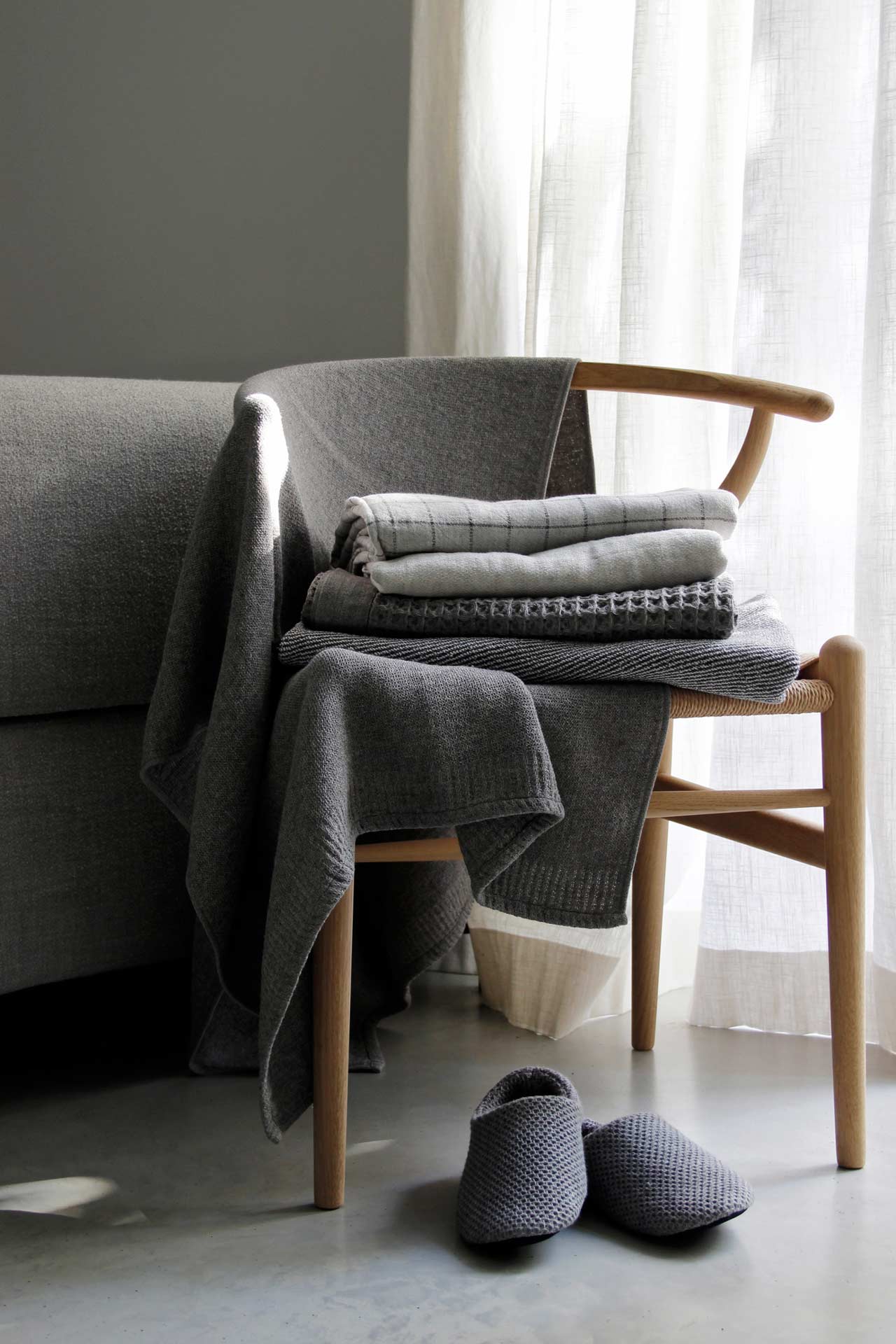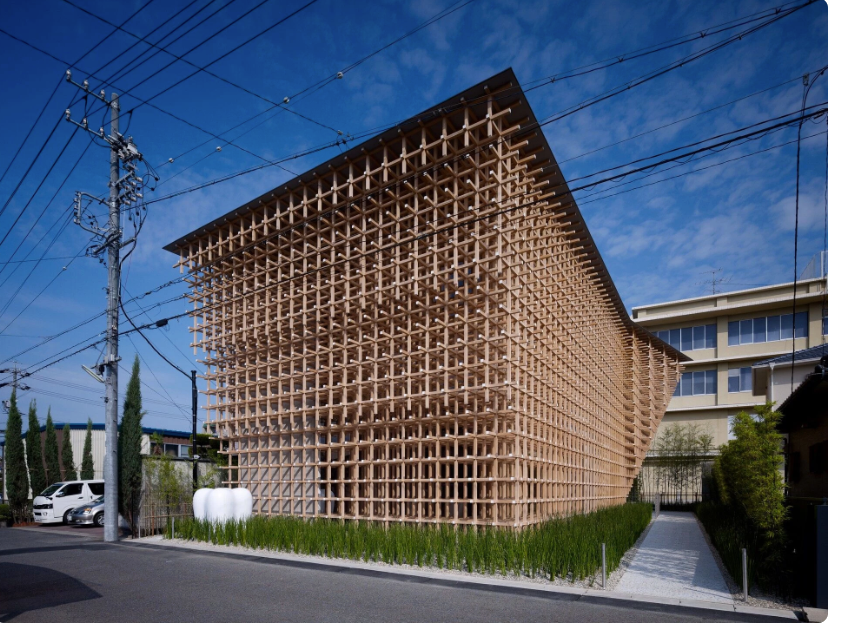Welcome to our blog, where we celebrate the beauty and craftsmanship of Japanese culture. At KENKAWAI, we pride ourselves on offering high-quality Japanese towels and tenugui, each piece embodying the exquisite artistry and tradition of Japan. Today, we take a journey into the realm of modern Japanese architecture, exploring how it masterfully blends traditional elements with contemporary design.
A Journey Through Time: The Roots of Japanese Architecture
To appreciate the modernism of Japanese architecture, it's essential to understand its roots. Traditional Japanese architecture is characterized by its simplicity, natural materials, and a deep connection to the surrounding environment. Classic elements like shoji screens, tatami mats, and sliding doors not only serve aesthetic purposes but also reflect a philosophy of harmony and minimalism.
The Edo period (1603-1868) saw the refinement of these architectural principles. Structures were designed to create a seamless flow between indoor and outdoor spaces, fostering a sense of peace and balance. This era laid the foundation for the modern architectural marvels we see today.
The Dawn of Modernism: A New Architectural Era
Renowned architects like Kenzo Tange spearheaded this movement, merging traditional Japanese aesthetics with modernist principles. Tange's Hiroshima Peace Memorial Park, completed in 1954, exemplifies this blend, incorporating clean lines and open spaces that echo traditional Japanese designs while employing modern materials and techniques.
Key Elements of Modern Japanese Architecture
Modern Japanese architecture retains its historical essence while embracing contemporary innovation. Here are some key elements that define this unique style:
-
Minimalism and Simplicity: Modern Japanese architecture champions minimalism, focusing on clean lines and uncluttered spaces. This philosophy creates serene environments that evoke a sense of calm and clarity.
-
Natural Materials: Just as in traditional architecture, modern designs utilize natural materials like wood, stone, and bamboo. These materials not only enhance aesthetic appeal but also foster a connection to nature.
-
Integration with Nature: A hallmark of Japanese architecture is its integration with the natural environment. Modern homes often feature large windows, open courtyards, and garden spaces, blurring the boundaries between indoors and outdoors.
-
Innovative Use of Space: In densely populated urban areas, efficient use of space is crucial. Modern Japanese architecture employs ingenious design solutions to maximize functionality without compromising on style. Multi-purpose rooms and adaptable furniture are common features.
-
Sustainable Design: Modern Japanese architects prioritize sustainability, incorporating energy-efficient technologies and eco-friendly materials. This commitment to sustainability reflects a broader cultural respect for nature and the environment.
Icons of Modern Japanese Architecture
Several iconic structures exemplify the best of modern Japanese architecture:


-
The Koshino House by Tadao Ando: This residential masterpiece integrates concrete and light, creating a harmonious living space that echoes traditional Japanese aesthetics.
-
The Glass House in Hiroshima by Hiroshi Nakamura: This innovative home features glass walls and sliding doors, seamlessly blending the indoor living space with the surrounding forest.
The Future of Japanese Architecture
As we look to the future, modern Japanese architecture continues to evolve, embracing new technologies and sustainability practices while maintaining a deep respect for tradition. Architects like Kengo Kuma and Shigeru Ban are at the forefront of this movement, creating designs that are both innovative and deeply rooted in Japanese culture.


At KENKAWAI, we find inspiration in the harmonious blend of tradition and modernity that defines Japanese architecture. Just as our products marry time-honored techniques with contemporary design, modern Japanese architecture showcases the timeless elegance of Japan in a modern context.


